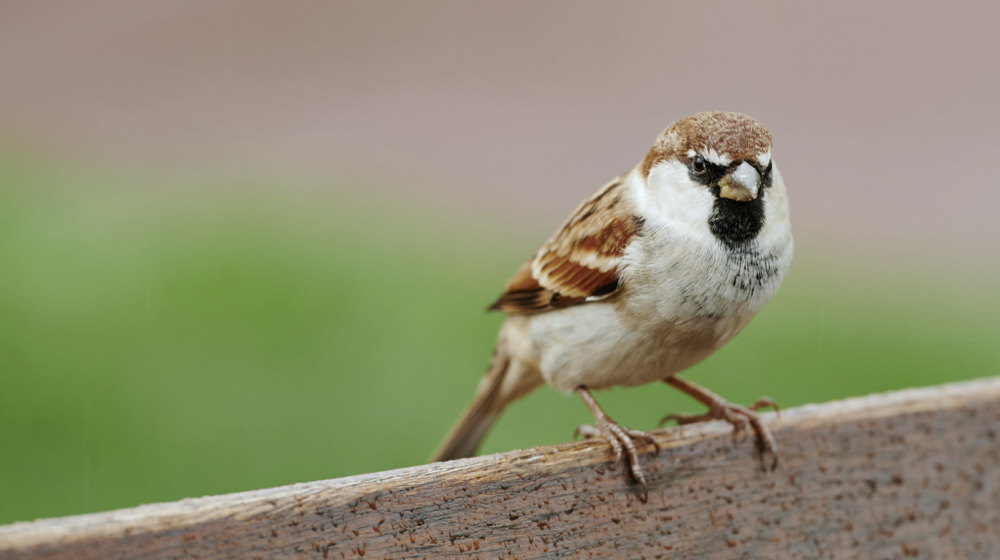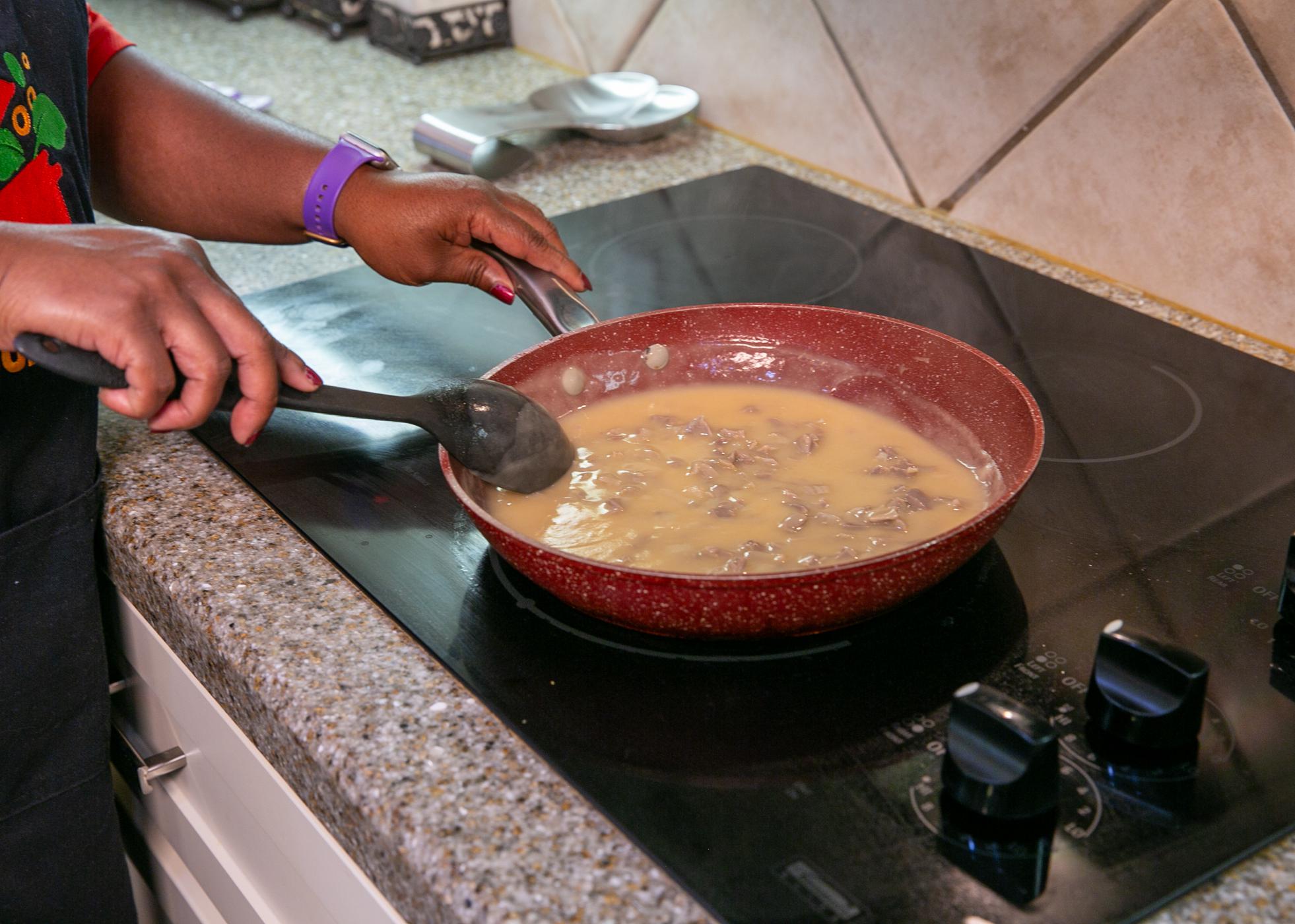Bird of the Month: House Sparrow

House sparrows prefer more developed urban locations over rural areas. (Photo by Canva Pro)
Have you ever noticed the small birds hopping around parking lots scrounging for food and wondered what kind they were? There’s a good chance they were house sparrows.
House sparrows prefer more developed urban locations over rural areas. Instead of nesting in trees, they are commonly found making a home in the walls or eaves of buildings or houses. If you’ve seen birds flying inside of open-air stores, it’s likely a house sparrow.
These songbirds were brought to North America from England in 1851. Unlike most birds, house sparrows are unbothered by the presence of humans. You can get relatively close to them before they scurry off. However, their relationship with other birds is another story. House sparrows are very defensive of their nesting spots. They have been known to attack other birds that come too close to their nests and even run them off from their own nesting sites!
House sparrows are typically 6-7 inches long and have a wingspan of 7-9 inches. Males have brown feathers on their head and back. They typically have grey breasts with a black breast patch. Female house sparrows have similar color markings as males. The key differences are their colors are less vibrant and there is no black breast patch.
They eat a variety of different things, and primarily feed on seeds and insects. When in urban areas, they munch on food crumbs. Learn more about Mississippi’s birds, mammals, fish, and reptiles by checking out our EkoKids Schoolyard Nature Guides!
Subscribe to Extension for Real Life
Fill in the information below to receive a weekly update of our blog posts.









